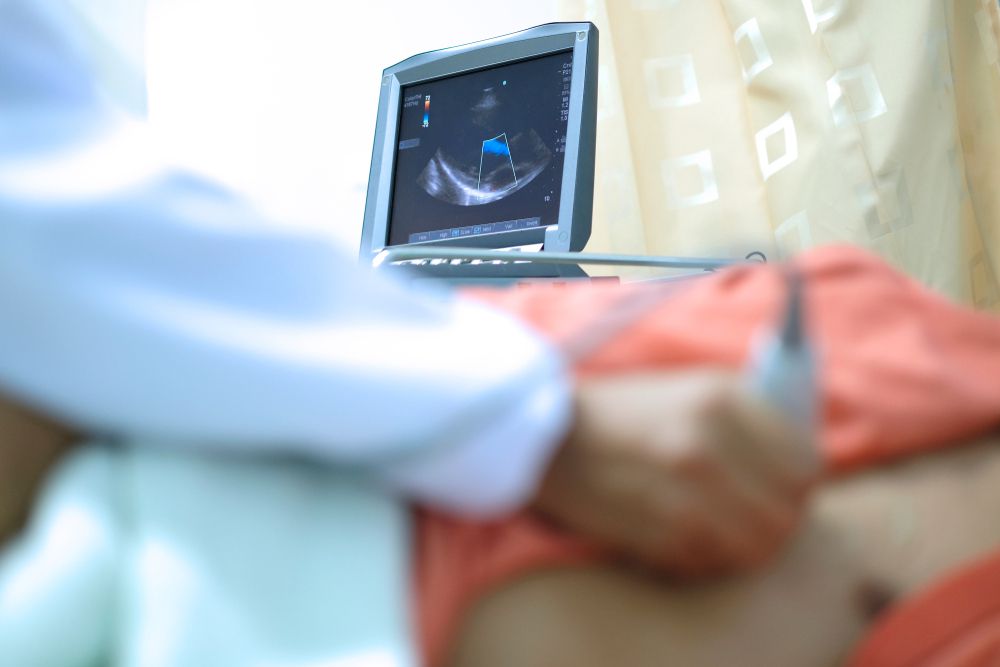
An echocardiogram (echo) is a graphic outline of the heart’s movement. During an echo test, ultrasound (high-frequency sound waves) from a hand-held wand placed on your chest provides pictures of the heart’s valves and chambers and helps the sonographer evaluate the pumping action of the heart. Echo is often combined with Doppler ultrasound and color Doppler to evaluate blood flow across the heart’s valves.
Why is an echocardiogram performed?
The test is used to:
TEST DETAILS
Can I eat or drink on the day of the test?
Yes. Eat and drink as you normally would the day of the test.
Should I take my medications the day of the test?
Take all of your medications at the usual times, as prescribed by your doctor.
What should I wear on the day of the test?
You may wear anything you like. You will change into a hospital gown before the test. Please do not bring valuables. You will be given a locker to store your belongings during the test.
What happens during the test?
How will I feel during the test?
You should feel no major discomfort during the test. You may feel a coolness on your skin from the gel on the transducer, and a slight pressure of the transducer on your chest.
How long does the test take?
The appointment will take about 40 minutes. After the test, you may get dressed and go home or go to your other scheduled appointments.
How do I get the results of my test?
After a cardiologist has reviewed your test, the results will be entered into your electronic medical record. Your physician will have access to the results and will discuss them with you.